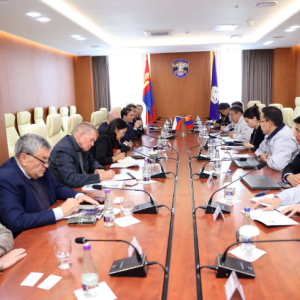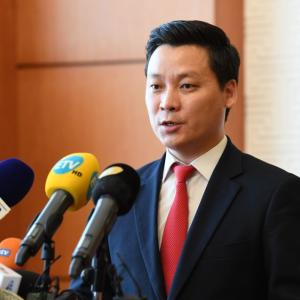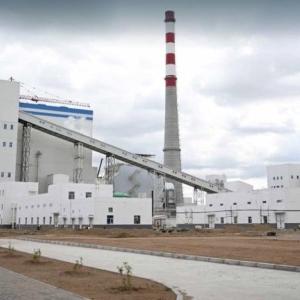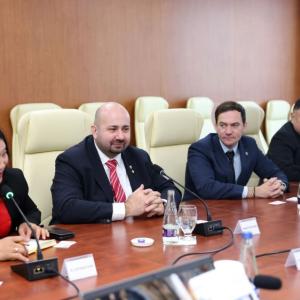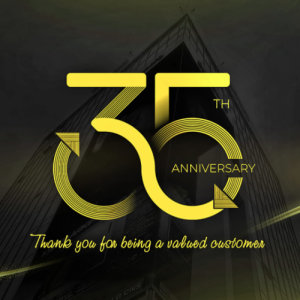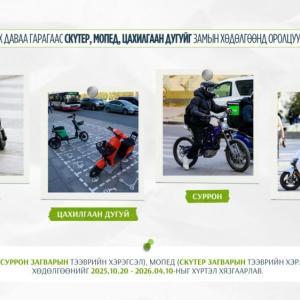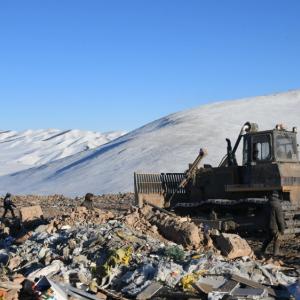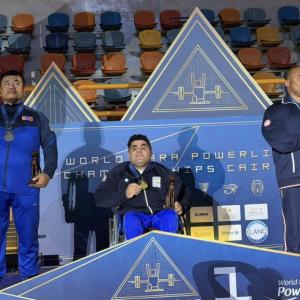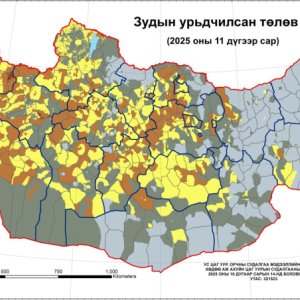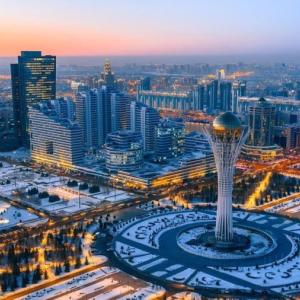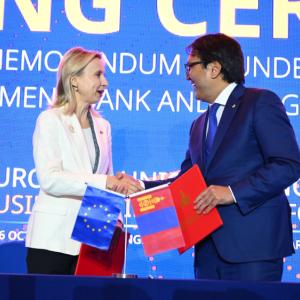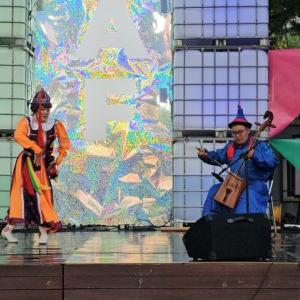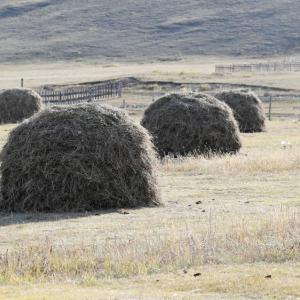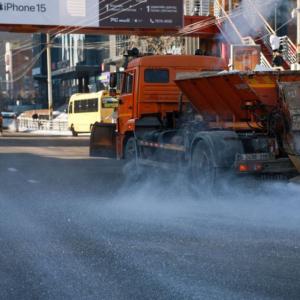Ten Thousand Hectares of Land Damaged by Mining Extraction Rehabilitated
Society
Ulaanbaatar, October 24, 2024 /MONTSAME/. During his tenure as Prime Minister of Mongolia, President of Mongolia Khurelsukh Ukhnaa issued a directive to rehabilitate 8,000 hectares of vacant land damaged by mining operations in 2020-2024. President Khurelsukh visited the Nariinii Am area in Yeruu soum of Selenge aimag, on October 19, 2024, to review the progress of the given tasks.
 According to the census conducted in 2020 by the Ministry of Environment and Tourism of Mongolia, over 30,000 hectares of land were damaged, of which more than 29,000 hectares were destroyed by mining, and 8,000 hectares had to be restored urgently.
According to the census conducted in 2020 by the Ministry of Environment and Tourism of Mongolia, over 30,000 hectares of land were damaged, of which more than 29,000 hectares were destroyed by mining, and 8,000 hectares had to be restored urgently.
At the time, Prime Minister of Mongolia Khurelsukh Ukhnaa made a stand against irresponsible mining, canceled 938 special licenses for mineral exploration and exploitation, charged to rehabilitate damaged areas, and set an objective of “Rehabilitating 8,000 hectares of damaged and abandoned areas due to mining operations" in the 2020-2024 Government Action Plan, reported by Office of the President of Mongolia.
 Following the Joint Decree on “Organizing Unified Measures” approved by the Deputy Prime Minister of Mongolia, the Minister of Environment and Tourism, the Minister of Mining and Heavy Industry, and the Minister of Justice and Internal Affairs of Mongolia, the Government of Mongolia has launched “Mining Rehabilitation-2024” activities, carrying out technical reclamation on 9,773 hectares of land and biological restoration on 2,549 hectares in 2020-2023.
Following the Joint Decree on “Organizing Unified Measures” approved by the Deputy Prime Minister of Mongolia, the Minister of Environment and Tourism, the Minister of Mining and Heavy Industry, and the Minister of Justice and Internal Affairs of Mongolia, the Government of Mongolia has launched “Mining Rehabilitation-2024” activities, carrying out technical reclamation on 9,773 hectares of land and biological restoration on 2,549 hectares in 2020-2023.
Until 2020, less than 1,000 hectares of land have been restored nationwide annually. However, starting in 2020, over 2,000 hectares of land have been rehabilitated. Specifically, the land rehabilitation took place on 912 hectares in 2018, 1,973 hectares in 2020, 2,123 hectares in 2021, 2,189 hectares in 2022, and 3,488 hectares in 2023, respectively.
As part of the “Mining Rehabilitation-2024,” 57 excavators, bulldozers, gold prospecting equipment, trucks, and tools, left vacant outside the guard’s house at the Yalbag Valley of Selenge aimag, were regulated and handed over for inspection. Moreover, the environmental and economic damage caused by the degraded land was calculated. The Ministry of Environment and Tourism of Mongolia has reflected the technical reclamation of damaged and abandoned lands in the annual environmental management plans of enterprises and organizations with mining licenses, and this approach has proven to be effective.

As part of its social responsibility and obligation of activities in biodiversity conservation, the “Erdenet Mining Corporation” SOE has spent about MNT 42 billion to restore over 2,000 hectares of degraded land in Yeruu soum, Selenge aimag. Specifically, Erdenet Mining Corporation carried out technical rehabilitation on 1,230 hectares of land between 2022 and 2023. The enterprise undertook the responsibility of rehabilitating 777 hectares of land in 2024, with 548 hectares completed.
“Oyu Tolgoi” LLC equalized its pledge to plant 100 million trees as part of the “One Billion Trees” National Movement to land rehabilitation, in particular, the company has rehabilitated 400 hectares of land in the Yalbag Valley of Yeruu soum, Selenge aimag, and 215 hectares in Shariingol soum, Darkhan-Uul aimag.

In the future, the following actions will be taken:
-Carrying out technical and biological rehabilitation and reforestation in areas of special importance, including forest funds, water reservoir areas, and key biodiversity areas damaged by illegal mining and artisanal small-scale mining,
-Focusing on intensifying biological rehabilitation as part of the objective of "Improving the quality and oversight of mining rehabilitation, and tightening the accountability for entities that fail to perform land rehabilitation" reflected in the Government Action Program for 2024-2028,
-Taking urgent measures to rehabilitate the areas where gold mining operations took place in 1980-2010 and are unrehabilitated due to residual deposits,
-Confiscating all equipment and machinery used in illegal mineral extraction regardless of the ownership status, and developing legal regulations related to the non-use of equipment that does not meet standards,
-Not weakening regulations on environmental protection and restoration in the draft Law on Amendments to the Law on Minerals,
-Banning artisanal small-scale mining in phases,
-Establishing a system of rewarding mining enterprises and organizations that responsibly fulfill their duties to protect the environment, restore lands, and operate in an eco-friendly manner.

 Ulaanbaatar
Ulaanbaatar










